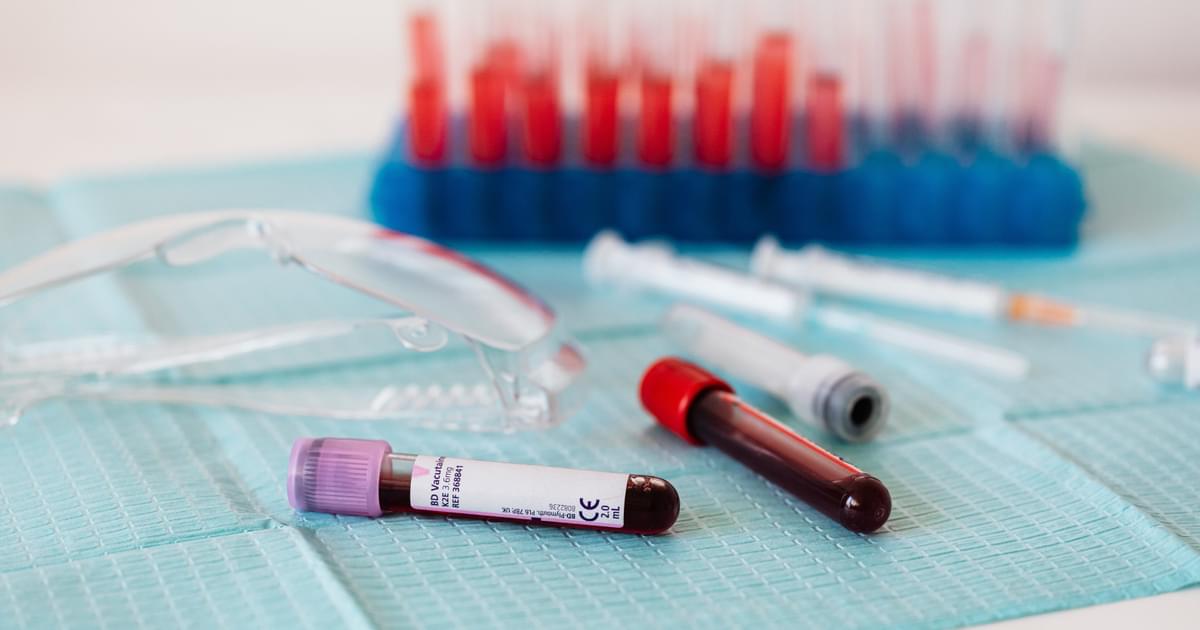Crispiness is almost entirely due to the starch in potatoes, says Joseph Provost, a chemistry and biochemistry professor at the University of San Diego who co-wrote “The Science of Cooking: Understanding the Biology and Chemistry Behind Food and Cooking.” The two main molecules of that starch, a type of carbohydrate, are amylose and amylopectin, deposited in solid granules throughout the plant. When potatoes are heated, especially in the presence of water, those granules release the starch molecules, which absorb water and swell up (this is called gelation). The starches start cross-linking in a layer on the outside of the potato pieces. Eventually, heat drives off the moisture from the layer of starch, leaving behind empty cells. When you bite into those vacated cells, you experience that delightful crispy texture.
You can set yourself up for crispy success by starting with a starchy potato. The russet is the quintessential starchy potato. Yellow potatoes, such as Yukon Gold, and some red potatoes are medium-starch. Provost calls these the “utility players” that can do almost anything.
Here’s what else you can do once you’re ready to cook.
Consider precooking your potatoes. Generally, if you try to get a crispy exterior on a raw potato, you’ll overcook or burn the outside, and the inside will be starchy and underdone, Provost said. By cooking the potatoes first, you can focus on the texture of the exterior. When he’s short on time, Provost likes to microwave the pieces of potatoes to get them just about cooked through before proceeding with browning them in an oiled pan. You can also boil or steam them. You don’t want the potatoes to be mushy, because they may fall apart, but a small paring knife should cut through fairly easily with just a little bit of resistance. They’ll soften the rest of the way in the course of browning.
Get rid of the moisture. Excess moisture is an obstacle to crispy potatoes. When there’s a lot of water hanging around, the energy of the heat will go into burning it off rather than targeting the starches. The result? Limp, sad taters that are steamed, not crisped. Latkes are a perfect seasonal illustration. Take my colleague Olga Massov’s recipe for Classic Potato Latkes, the primary motivation of which was achieving ultimate crispiness. “I like to wrap my grated potatoes in a cheesecloth bundle and then twist, twist, twist and squeeze, squeeze, squeeze,” she said. Planning to roast whole, small potatoes? Meticulously pat them dry after scrubbing and washing. If you’ve boiled or steamed potato chunks you want to roast or pan-fry, drain well and then toss back in the hot pot for a minute or two to drive off any water clinging to them. While you do that, shake and stir them so you encourage the starches to come out and link up.
Giving potatoes enough room to breathe while cooking is also key to encouraging the rapid evaporation of moisture. Leave plenty of space between food on a sheet pan for roasting or work in batches if necessary when frying on the stove top. Similarly, smaller pieces will crisp up more efficiently than larger ones (and may require little to no precooking, as in the grated latkes), because the starches can make their way out of them faster. Plus, more pieces equals more surface area, which equals more opportunities for golden deliciousness.
Manage the heat. Proper heat goes hand in hand with getting rid of moisture. You want your equipment to be hot from the get-go. So, if you’re roasting in the oven, consider using a high heat, 400 to even 500 degrees. Let your baking sheet hang out in the oven while it preheats so the potatoes (tossed with oil) sizzle as soon as they hit the pan. Similarly, it’s important to let a skillet heat up on the stove top, too. Cast iron is especially good at retaining heat, which makes it great for crisping potatoes. Make sure your oil is hot or it won’t effectively drive off steam. If you’re deep-frying, don’t add too many potatoes at a time, which can cause the temperature of the oil to drop.
Add or accentuate the starch. You can provide extra insurance by adding a little — but not too much — extra starch. One good option is cornstarch. Cornstarch is high in amylose, Provost says, so it is particularly effective at priming the potatoes for crispiness. You don’t need a lot, either. I used just a light dusting (probably no more than a teaspoon) over the cut and boiled pieces of four russet potatoes that I turned into the home fries pictured at the top of the page.
In Olga’s latkes, she not only salvages the chalky starch in the liquid drained from the potatoes to add back to them but also mixes in a tablespoon of dried potato starch (or cornstarch). Similarly, our very popular recipe for Potato Roasties from freelance writer Betsy Vereckey calls for 2 tablespoons of flour (another starchy ingredient) to be sprinkled over 2 to 3 pounds of cut and boiled red potatoes before they’re roasted. America’s Test Kitchen often recommends adding baking soda to the water in which you will boil potatoes, which further coaxes out the starch molecules. Aim for ½ teaspoon baking soda for every 8 to 10 cups or water, or 2 to 3 pounds of potatoes. Provost notes that baking soda raises the pH, which helps prime the potatoes for the Maillard reaction, the browning that occurs when sugars interact with the amino acids of proteins, creating new flavors and aroma compounds. His strategy: Rinse microwaved potatoes in a baking soda solution (1 teaspoon or so per gallon of water) before crisping on the stove top.
If you’re making french fries, the double fry is another way to get the starches optimized for crispness, Provost says. Start with an initial quick fry, and then allow the potatoes to cool. This lets the starches fully swell and sets up the amylose spread and cross-link. In the second fry, you evaporate the rest of the water, finish linking up the starches and start crisping.




More Stories
Dated Kitchen Features That Homebuyers Notice
Shake the fridge Shakshuka using up leftovers
Italian Meatloaf – Once Upon a Chef